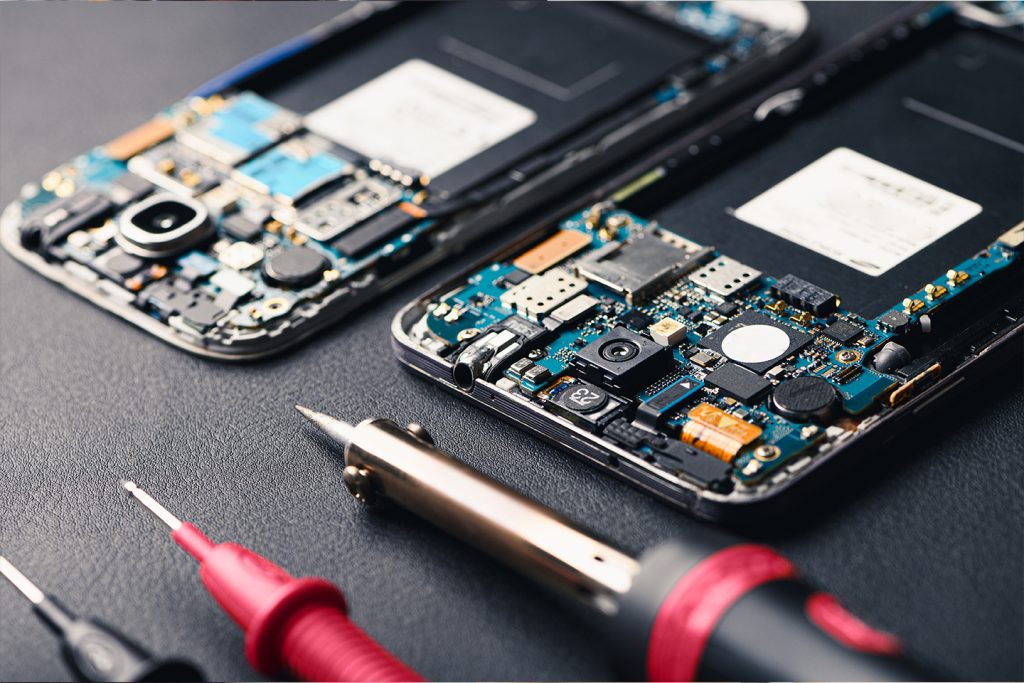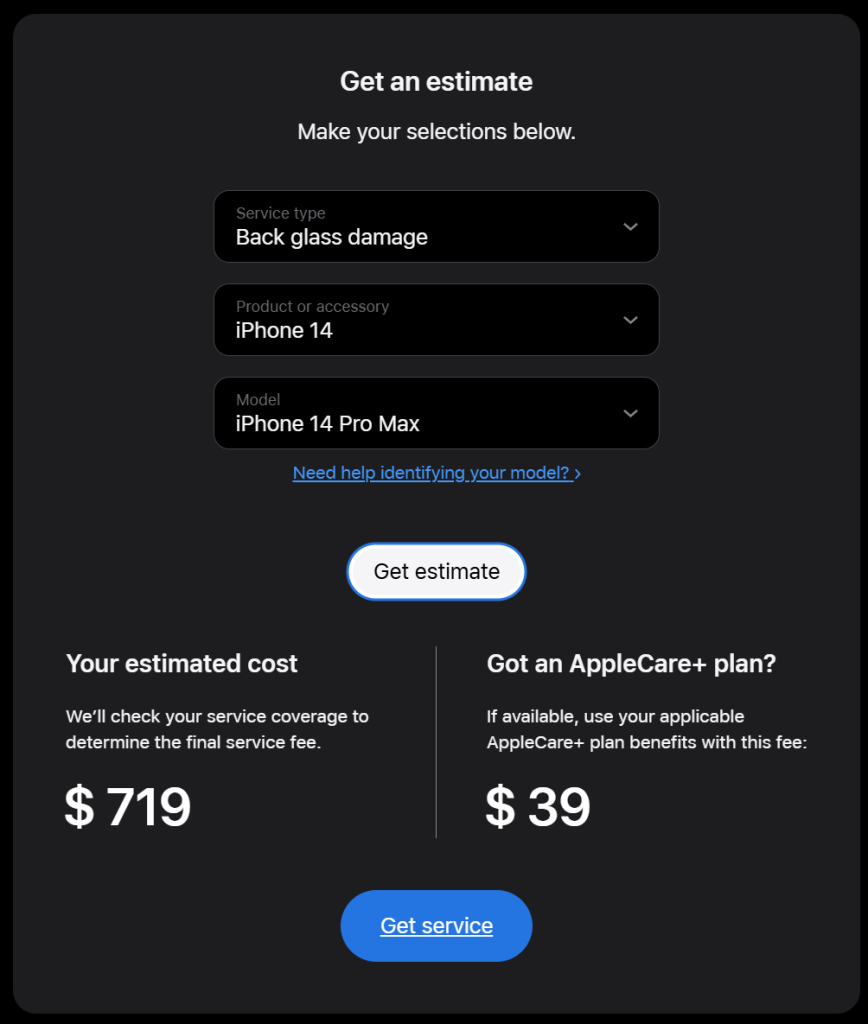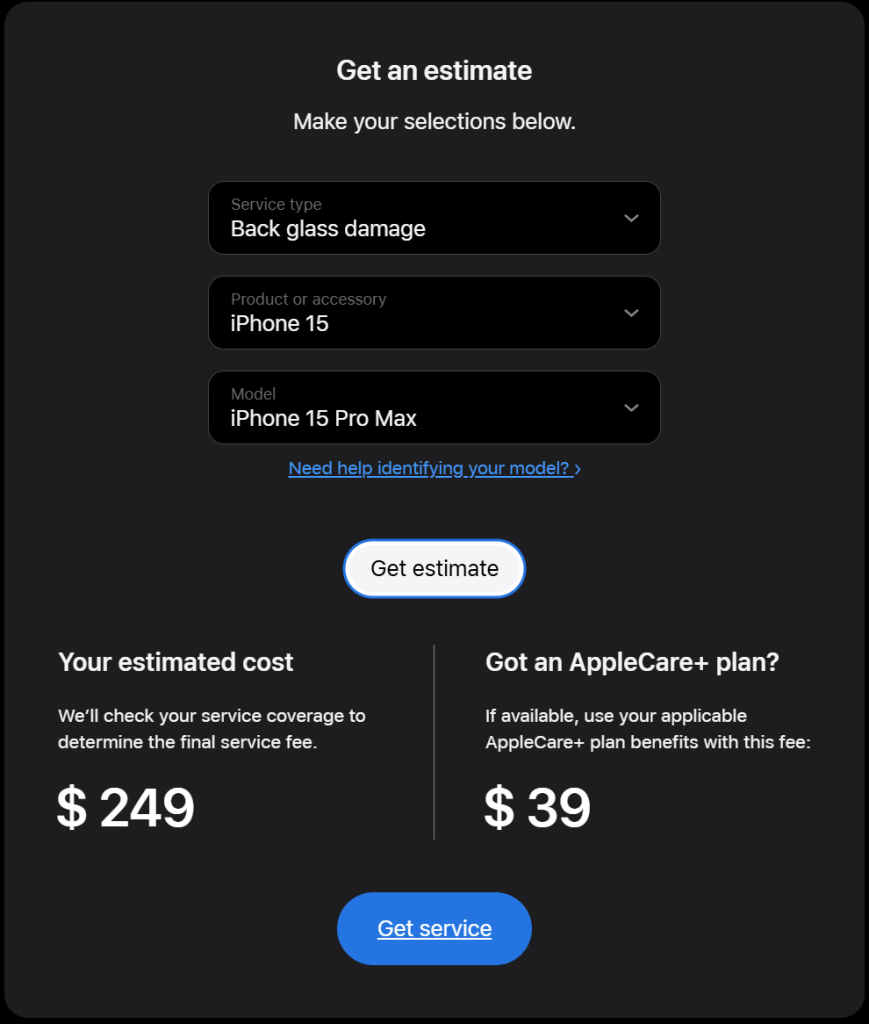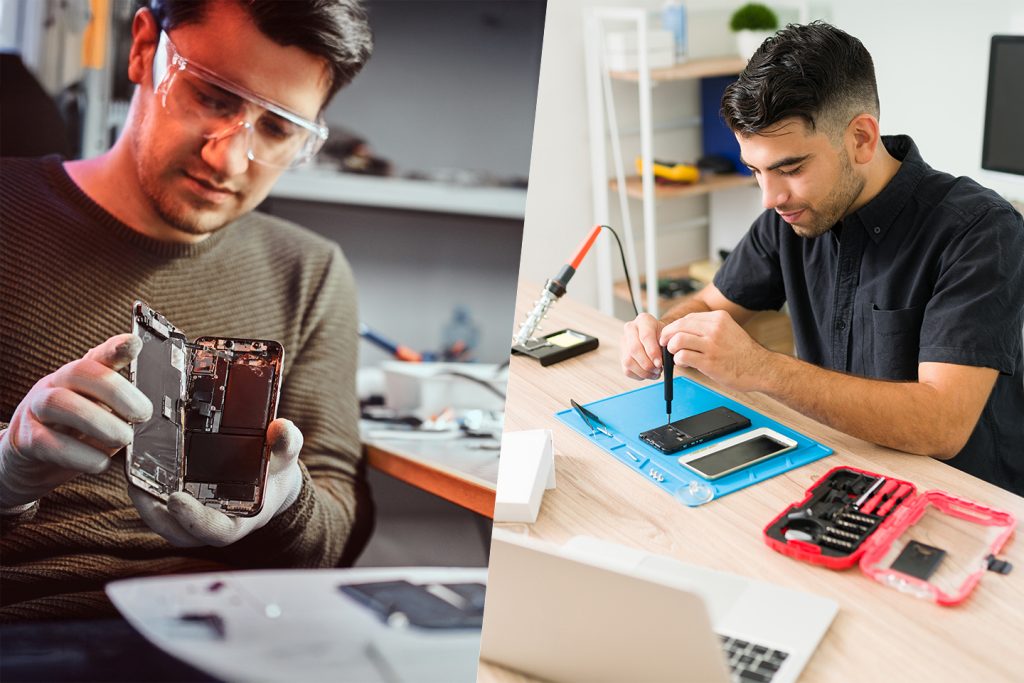Smartphones are essential in our daily lives, but accidents happen—screens crack, batteries degrade, and components fail. So, when they break, it can feel like a major disruption. When faced with a repair, many consumers are unsure about where to start, pricing, and what factors contribute to the cost.
This guide will break down the elements that affect smartphone repair costs, helping you make informed decisions and budget accordingly. So the next time you’re faced with repairing your smartphone or buying a new one you’ll be prepared to make the right decision.
Common Misconceptions About Repair Costs
Many people assume that smartphone repairs are either prohibitively expensive or much cheaper than they actually are. Here are a few common myths:
- “Repairs cost almost as much as a new phone.” While high-end models can have expensive repairs, fixing a device is often significantly cheaper than replacing it.
- “Third-party repairs are always unreliable.” While some repair shops may use low-quality parts, reputable third-party services often use high-quality components and provide warranties.
- “DIY repairs are the best way to save money.” While some repairs can be done at home, others require specialized tools and expertise, and mistakes can lead to further damage.

Factors That Influence Smartphone Repair Costs
Several key factors impact the cost of repairing a smartphone:
1. Type of Repair Needed
Different repairs and models can come with different price tags. It all depends on how the device is built, how much the parts cost, and the equipment and time it takes to make the repair. Here’s an example of the cost to replace the back glass of an iPhone 15 Pro Max vs. a 14 Pro Max. You would expect the older model to cost less, but since Apple made the 15 Pro Max easier to replace the back glass, the costs are significantly lower.


Some of the most common repairs include:
- Screen Replacement: One of the most frequent repairs, screen replacement costs range from $100 for older models to $500 or more for flagship devices.
- Battery Replacement: Typically costs between $50 and $170, depending on the phone model.
- Charging Port Repair: This can cost anywhere from $75 to $200.
- Camera Repairs: camera repair costs range from $75 for older models to $350 or more for flagship devices.
If you’re an Apple user, you can use their repair cost estimator tool to save yourself a trip to the Apple store.
2. Device Model and Brand
- Newer flagship models (iPhone 14, Samsung Galaxy S23) tend to have higher repair costs due to expensive components and more complex repair processes.
- Older or budget-friendly models usually have more affordable repair options.
3. Quality of Replacement Parts
- OEM (Original Equipment Manufacturer) Parts: These are official parts from the phone manufacturer and tend to be the most expensive but highest quality. Your device will feel and look as if it was new.
- Aftermarket Parts: These third-party parts are often cheaper but may not offer the same durability or performance as OEM parts. Always ask what type of parts are being used for your repair, as lower-quality parts can result in more repairs or a poor experience.
4. Repair Shop Reputation and Location
- Authorized service centers typically charge more but ensure quality repairs.
- Independent repair shops offer competitive pricing but vary in expertise and part quality.
- Geographic location affects pricing—repairs in urban areas may be more expensive than in smaller towns.

Comparing Repair Costs: DIY vs. Professional Services
While some repairs, such as replacing a screen protector, can be done at home, complex repairs should be left to professionals.
Pros and Cons of DIY Repairs
✅ Pros:
- Lower cost (only paying for parts)
- Convenient if you have repair experience
❌ Cons:
- Risk of further damage
- Voiding warranties
- Difficulty obtaining high-quality parts
Benefits of Professional Repairs
- Certified technicians ensure proper repairs
- Warranties on parts and services like our 1-year warranty at Cell Medics
- Access to high-quality or OEM components
For most instances we do not recommend repairing your devices DIY due to the significant risks involved.
Warranty and Insurance Considerations
Before paying for a repair, check if your phone is covered under:
- Manufacturer’s Warranty: Covers certain defects but usually not accidental damage.
- Extended Warranty Plans: May include accidental damage protection.
- Phone Insurance: Carriers and third-party providers offer plans that cover repairs or replacements with a deductible.

Tips for Budgeting and Finding the Best Repair Service
- Get Multiple Quotes: Compare prices from different repair shops.
- Check Reviews and Ratings: Ensure the shop has a good reputation.
- Ask About Warranties: Reliable shops often offer a limited warranty on repairs. We offer a 1 year warranty at Cell Medics.
- Consider Trade-in or Upgrade Options: Sometimes upgrading to a new phone may be a more cost-effective solution. You can always trade-in your old device to reduce the cost of purchasing a refurbished device or even a brand-new smartphone.
Smartphone repairs don’t have to be overwhelming or excessively expensive. By understanding the factors that influence repair costs and comparing your options, you can make the best decision for your budget and device longevity. Whether you choose professional repair services or attempt a DIY fix, being informed ensures you get the best value for your money.
At Cell Medics, we are dedicated to delivering exceptional service and professional repairs for smartphones and tablets, using only OEM parts. Contact us or get a quote to see how much it will be for us to help you get your smartphone back to its original operating condition.






